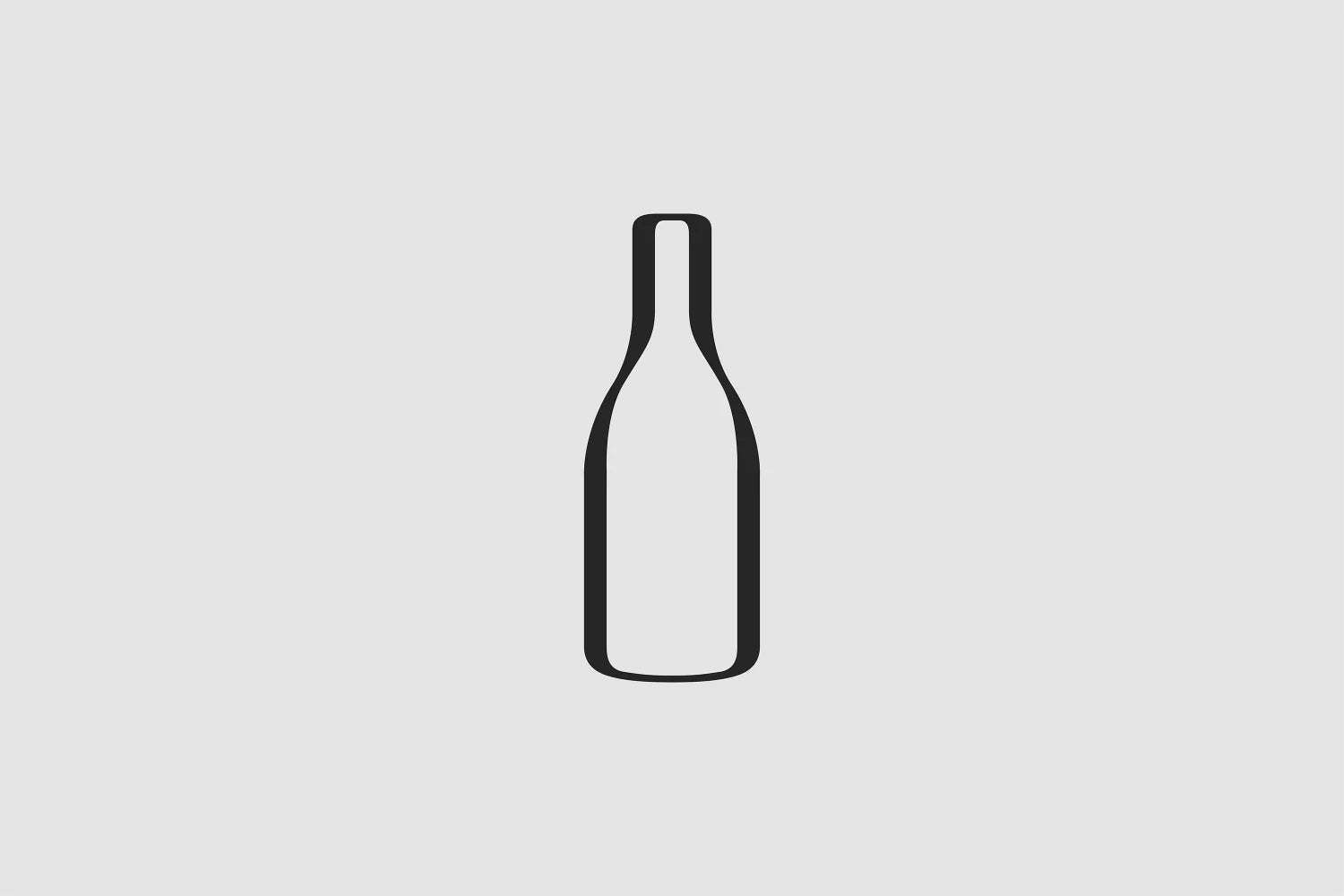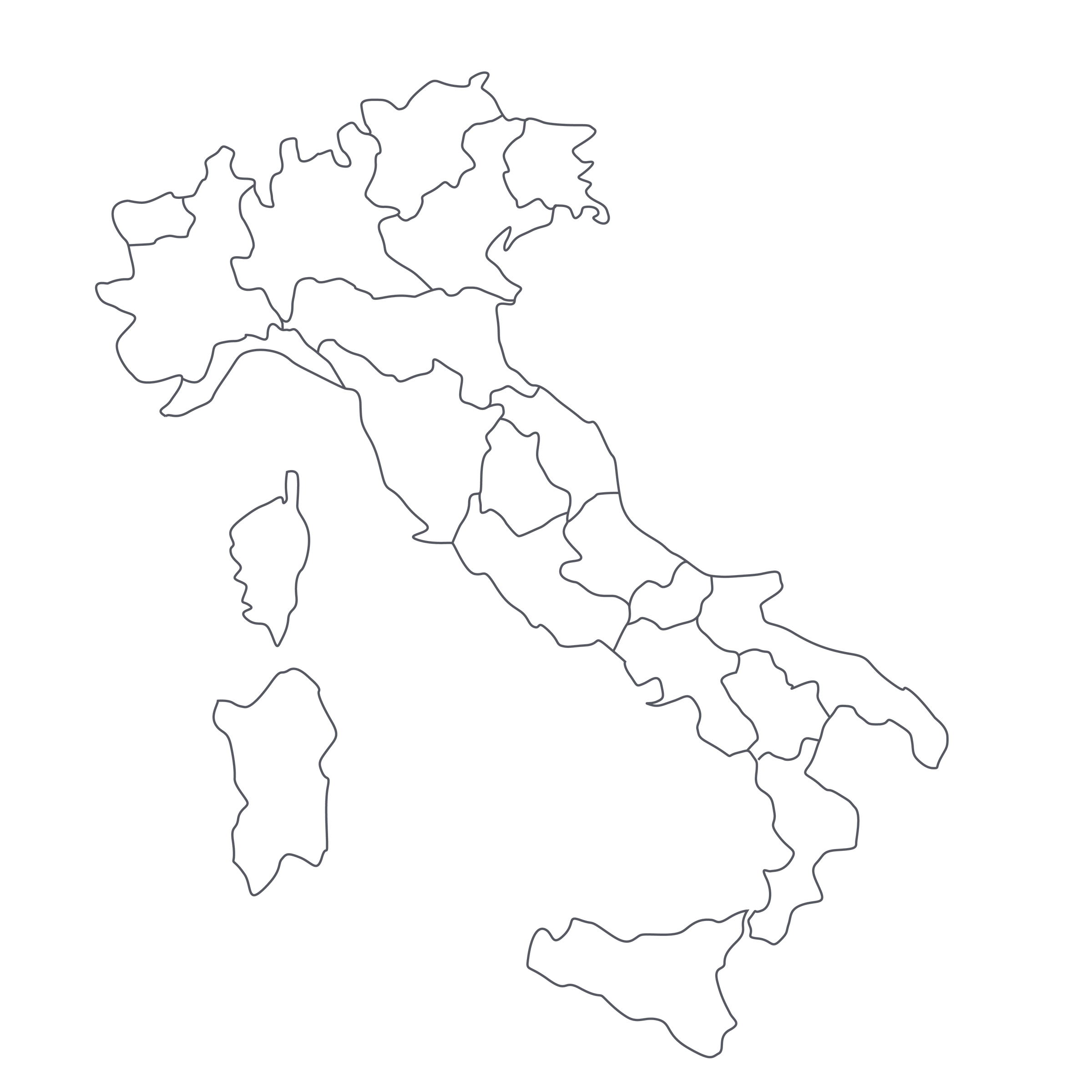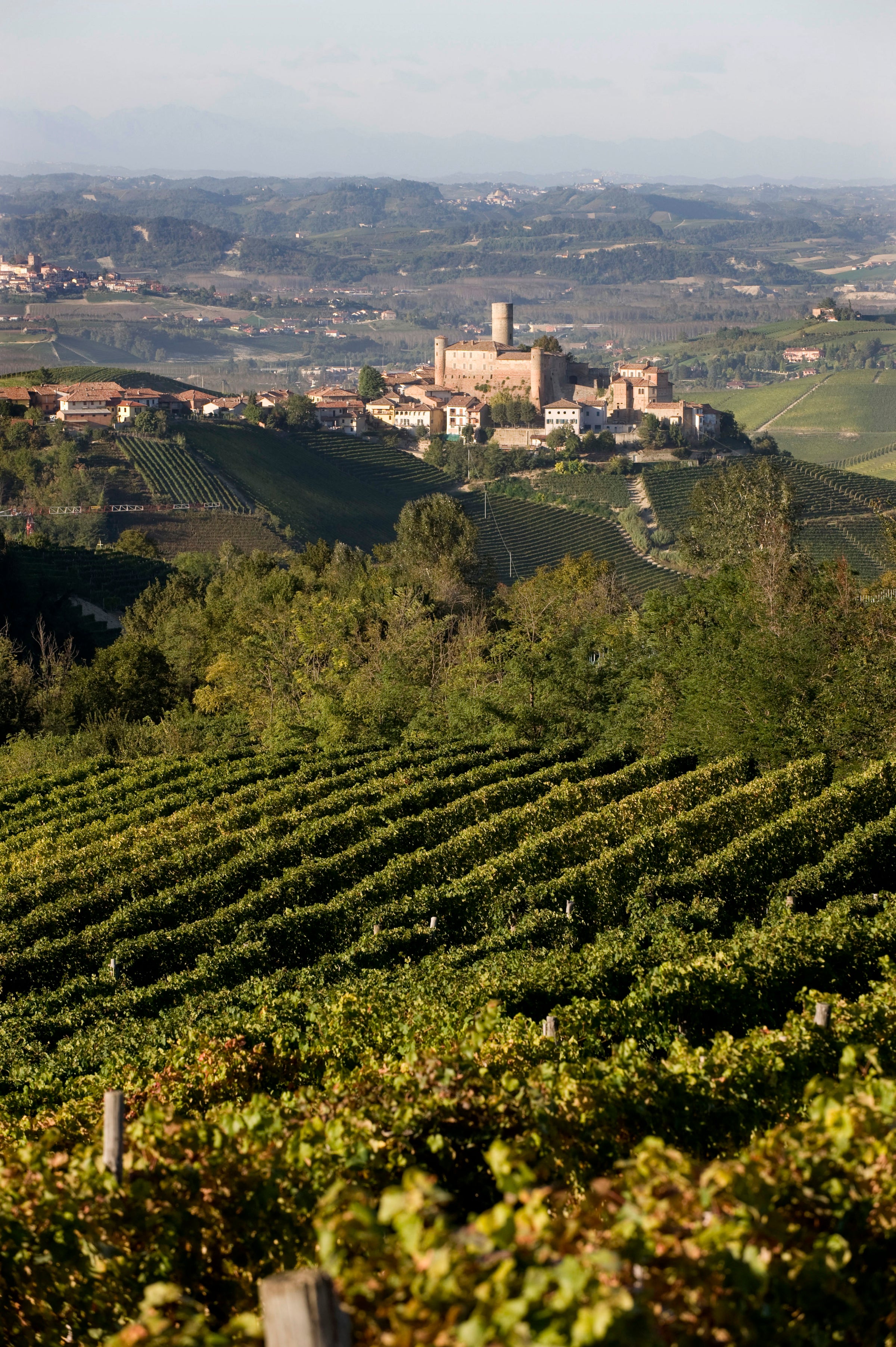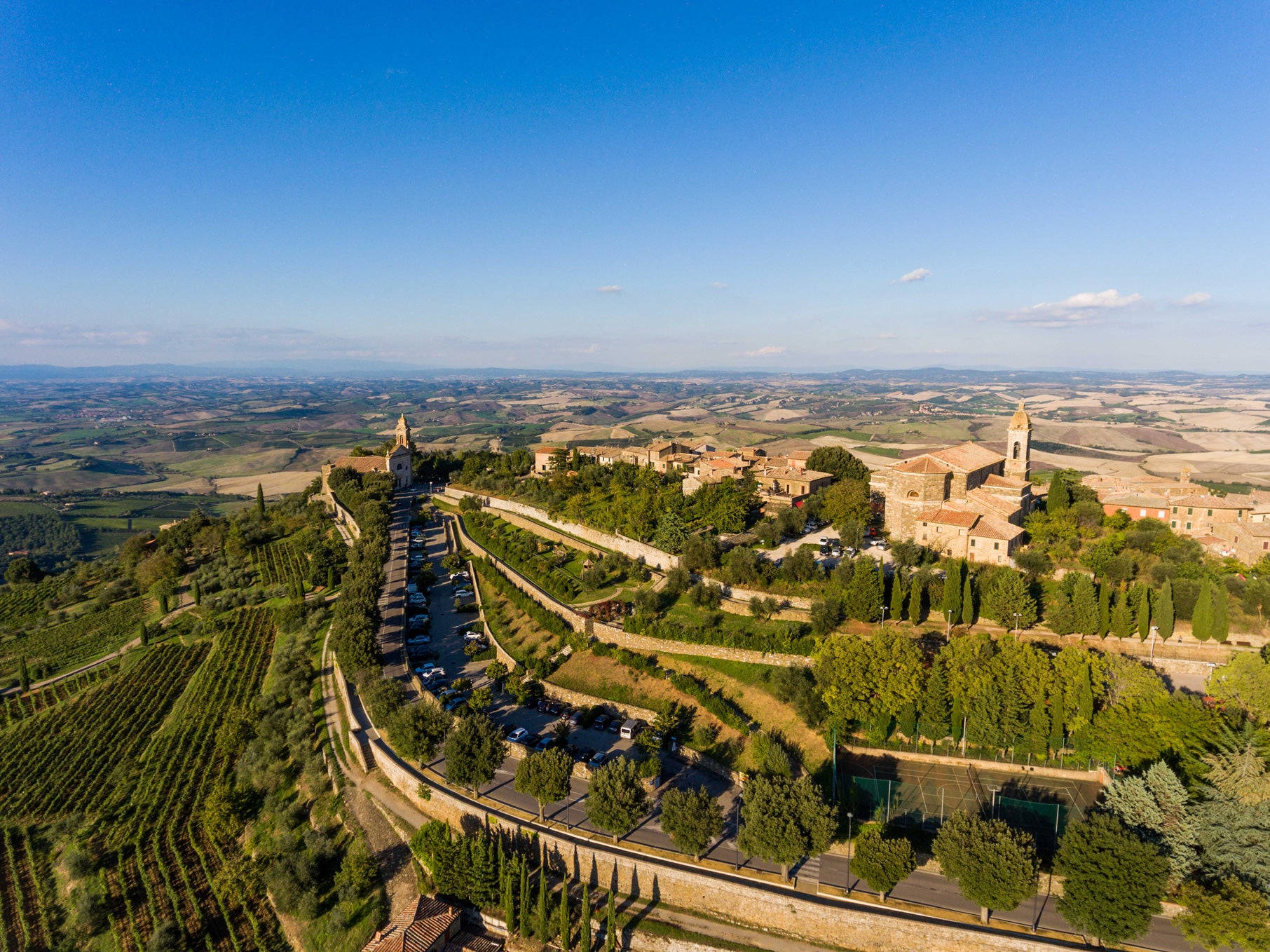The structure of this wine might best be described as epic. It aged for about five years, first in large wooden vats, then in bottle, before it was released into the market—and it’s still a baby! That’s the promise of classically styled Barolo in a great vintage, and it doesn’t get more classic than Castello di Verduno. Housed in a 16th-century castle and owned by the Burlotto family since 1909, this winery is way more than an architectural landmark: This is one of the standard-bearers of traditional Barolo, a producer that should be mentioned alongside all-time-greats like Bartolo Mascarello, Giacomo Conterno, and, closer to home, G.B. Burlotto.
That last name, in fact, looms very large in the history of Italian wine: the commendatore Giovan Battista Burlotto was one of the very first producers to bottle Barolo and promote it on the world stage as a worthy competitor to great Bordeaux, and his descendants not only run his namesake winery but Castello di Verduno as well. This village, Verduno, may not be as well-known as its immediate neighbor, La Morra, but it is home to several of the greatest single-vineyard sites in all of Barolo, including the iconic “Monvigliero” and its neighbors, which include the source of today’s blockbuster: “Massara.” We’re talking about a landmark Barolo here, albeit one whose price hasn’t caught up to reality (yet). Grab as many as six bottles and know you’ve got at least a decade (and probably two) to work your way through them!
As I’ve noted in other offers (another Verduno-based winery Fratelli Alessandria, is a SommSelect favorite), the village of Verduno is the northern-most of the 11 communes that make up the Barolo DOCG zone. Essentially an ‘extension’ of the La Morra vineyard area, with similar southeastern/southern exposures in the best sites, Verduno’s “cru” vineyards typically produce wines like those made in La Morra: The exposures are such that the vines are taking in morning sun, and this part of Barolo generally has a higher percentage of clay in its soils, so many of the most perfumed and most elegant examples of Barolo hail from here. That said, Castello di Verduno turned out quite a powerhouse in 2015: The florals and red fruit notes are there, for sure, but there’s a brooding quality—a dark, stony minerality and firm tannic structure—that took me to other parts of the Barolo zone.
The current-generation Burlotto at the helm of Castello di Verduno is Gabriella Burlotto, whose husband, Franco Bianco, comes from a long line of vignaioli over in Barbaresco. When they married, they united their Verduno vineyard holdings with Bianco’s in Barbaresco under the Castello di Verduno banner—although, as required by law, the Barbaresco wines (which include single-vineyard wines from famous crus like “Rabaja”) are vinified in their own dedicated winery in Barbaresco and aged in the castle’s cellars. Under the supervision of talented young winemaker Mario Andrion, who has been at Castello di Verduno since 2000, the wines continue to be made in a resolutely “traditional” manner: during fermentation, the Nebbiolo grapes are left to macerate on their skins for extended periods, and when it comes time to age the wines, they spend longer-than-required times in oak barrels (always large, used casks) and bottle before release.
Today’s ’15 is not, to my knowledge, labeled as a riserva but, my goodness, it certainly could be: If you are unable to wait to pull a cork, give it at least an hour in a decanter to unwind before serving. In the glass, it shows nice color concentration, displaying a deep garnet core moving to a pink rim. The aromas are intense and complex: bing cherry, wild strawberry, cranberry, currant, blood orange peel, leather, dried rose petals, underbrush, sandalwood, underbrush, smoke…the list just goes on and on. It is full-bodied and powerfully structured, ready to tackle the kinds of fatty braises Barolo is built for—and now’s the perfect time for it, so get thee to the kitchen! Check out the attached recipe and bookmark it for revisiting in about 10 years’ time, when this wine won’t just be singing—it’ll be operatic. Enjoy!




